All Of Our Splitters Are Able To Be Towed Safely At Highway Speeds
What Is the Best Way to Store and Care for Firewood?
Firewood is commonly used as a primary heat source for campfires or in wood-burning appliances. Many people get their firewood from tree companies that use firewood processors. With firewood processors, companies can generate a truckload of wood in a few days. How you stack and store the firewood is more important than many people realize. Improper storage of your firewood can contribute to many problems, such as infestations of bugs, mildew, fungus, and an increase in the moisture level in your wood that prevents it from burning efficiently. Here are some tips on how to best store and care for firewood.
1. Use Seasoned Wood
According to Firewood for Life, the moisture content of seasoned firewood is defined at 20%. Seasoned firewood is wood that has been air-dried for an extended period. Air drying is necessary because freshly chopped-down lumber, also known as green firewood, contains far too much moisture to burn well. Whether you buy it or chop it yourself, make sure the firewood has had at least six months to mature before using it. The wood burns more efficiently after the moisture dries out. Generally, standing and dead trees have already begun the process. Frequently, the massive trunk probably isn't well seasoned, but when it's chopped and split, it dries more quickly.
2. Stack Firewood High
Your firewood should never come into contact with the ground, especially if the surface is damp. A pallet or parallel pieces of wood can be used to stack wood. Instead of stacking wood in a triangle, use two tee posts at either end of the stacking space to allow you to proceed straight up. There must be a little breathing room between each piece of wood, or else the wood will get infested with fungal growths. To ensure the quickest possible drying time, a combination of sunlight, wind, and heat is necessary.
Make sure that the top of the stack is covered with a thick piece of plastic that extends over the edges but does not touch the ground. The plastic should be weighed down by bits of wood to prevent it from blowing away. Then, secure the pile with rope. By doing this, a great deal of unnecessary air flow is cut off. When temperatures dip below 50 degrees and insects aren't active, wood may be stored in an unheated garage.
3. Keep It Outdoors
Firewood shouldn't be kept indoors for more than a week at a time, if possible. As the wood begins to warm, any accidental passengers who may have lain dormant beneath the bark will be awoken. For example, gypsy moths and their egg masses typically develop from the bark. It's not a good idea to keep wood indoors for lengthy periods of time if you're concerned about particular insects.
Get in touch with us if you'd like to learn more about storing wood, using firewood processors, or anything else within our expertise. Any questions you may have will be promptly addressed by a member of our knowledgeable staff.


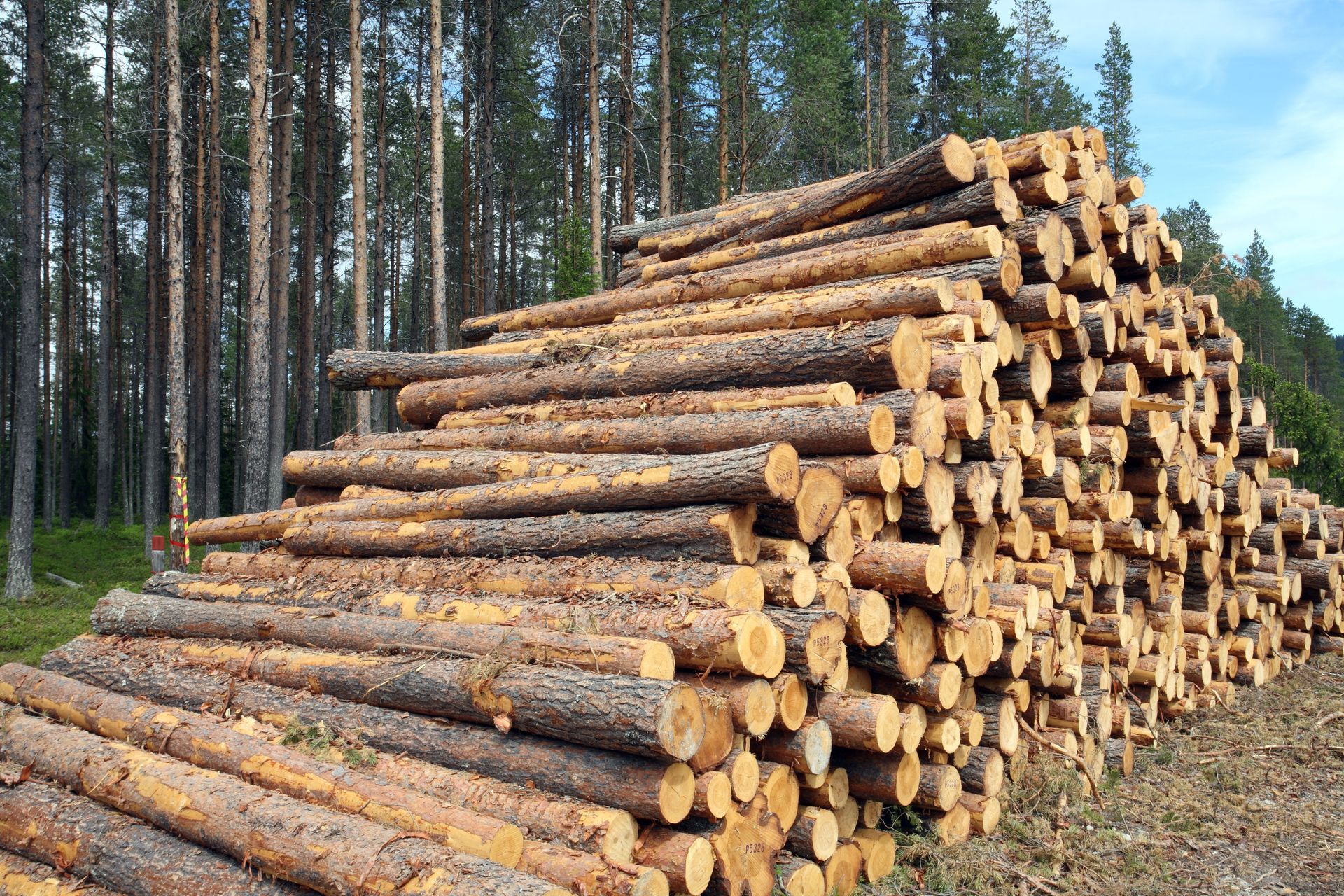
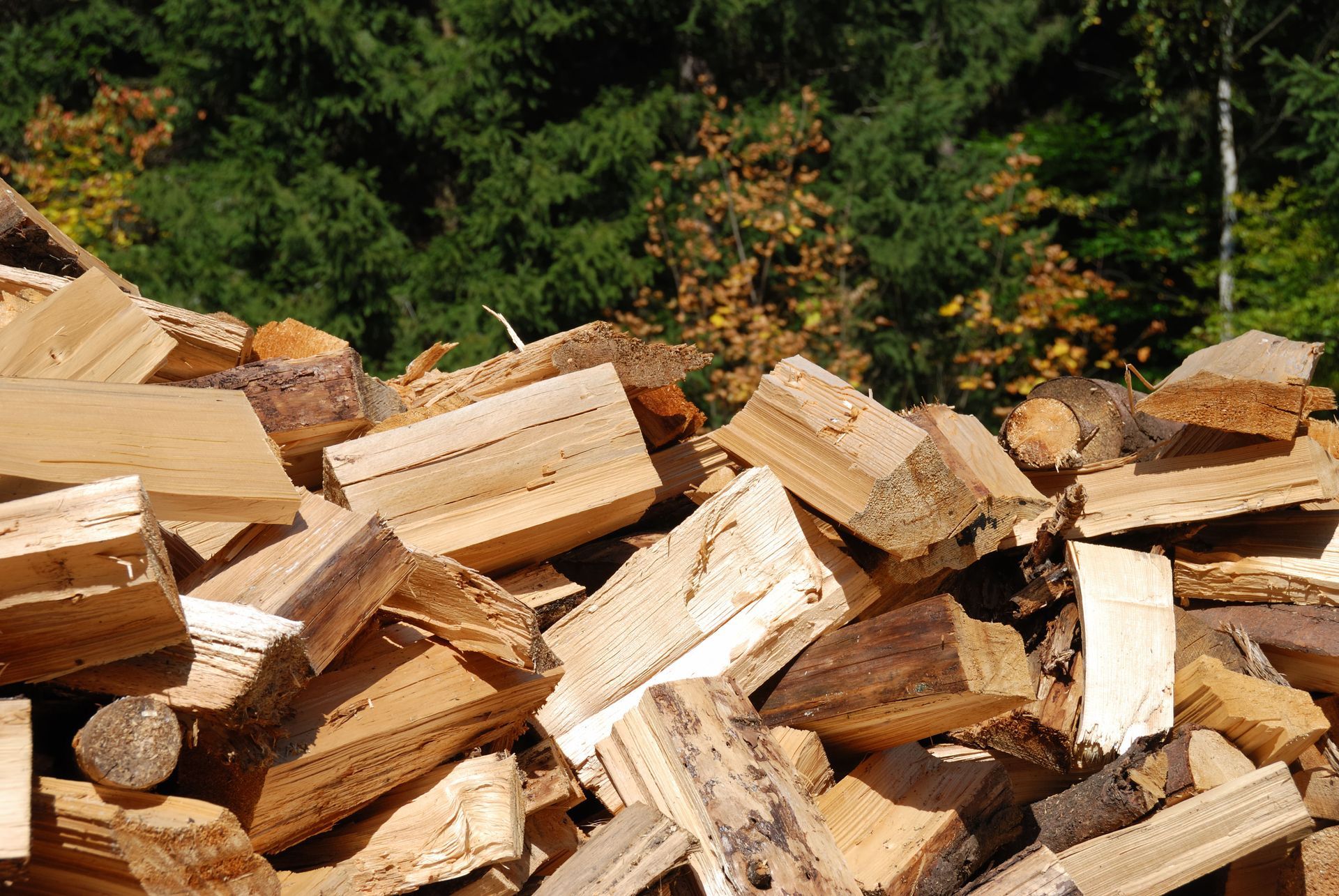
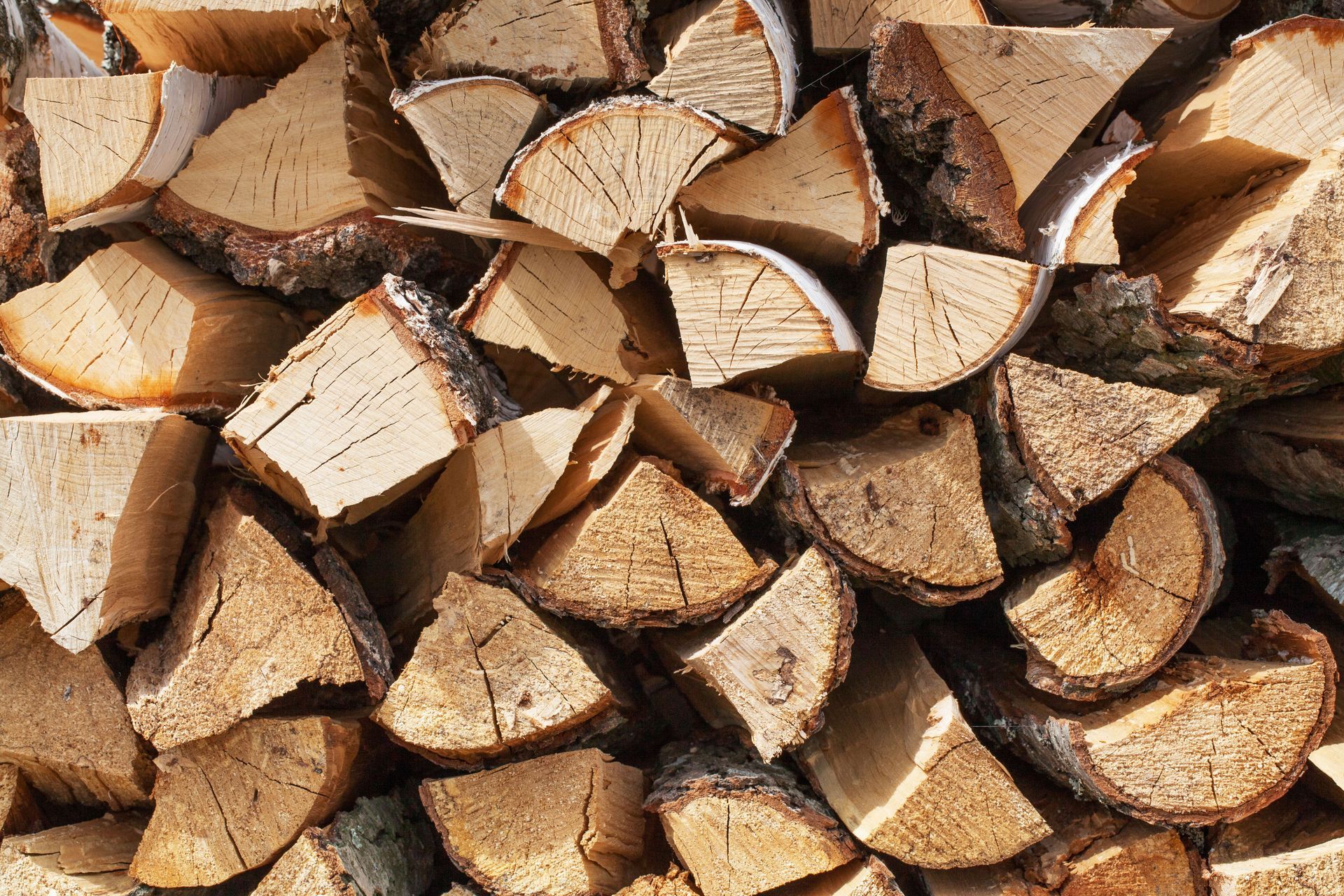
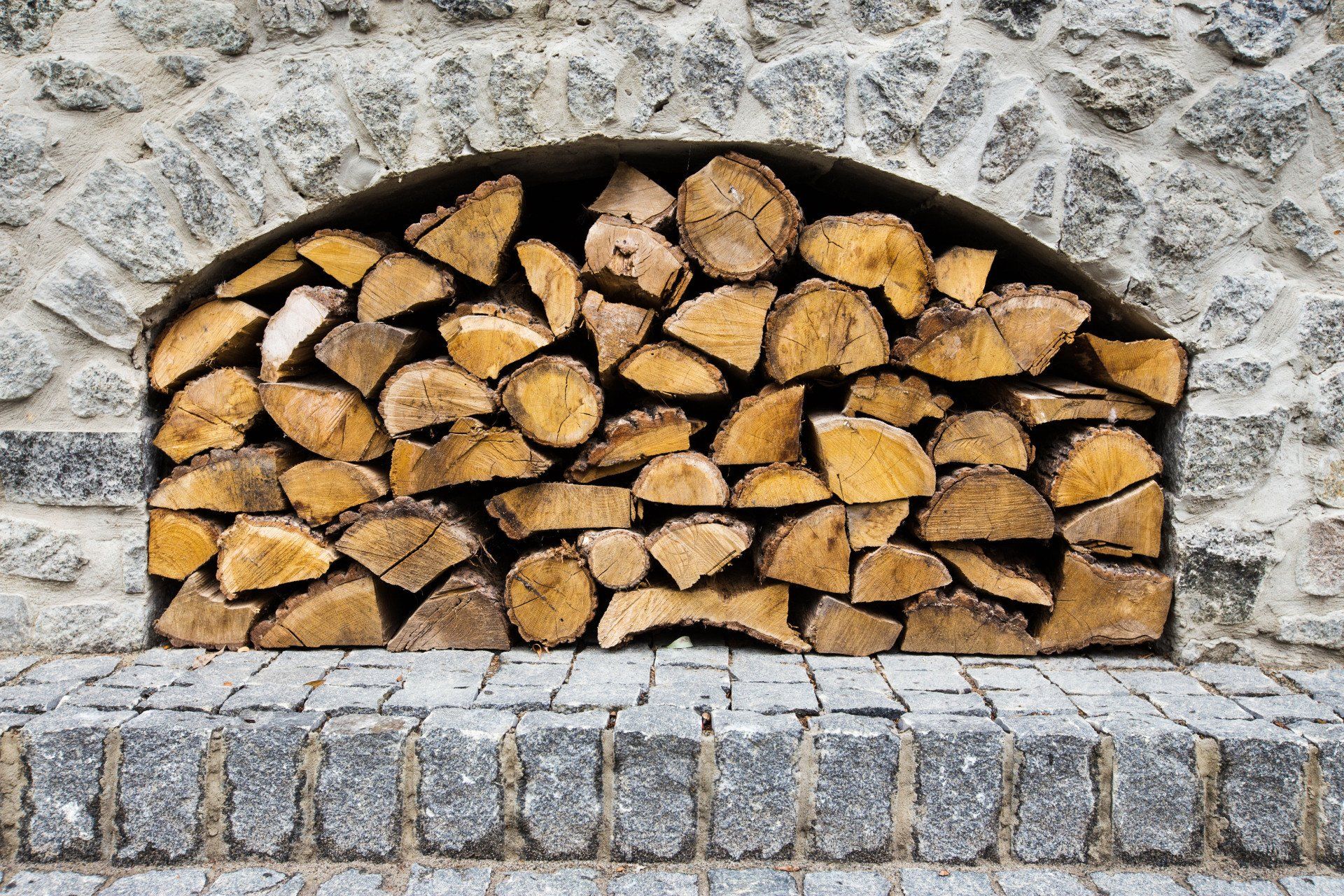
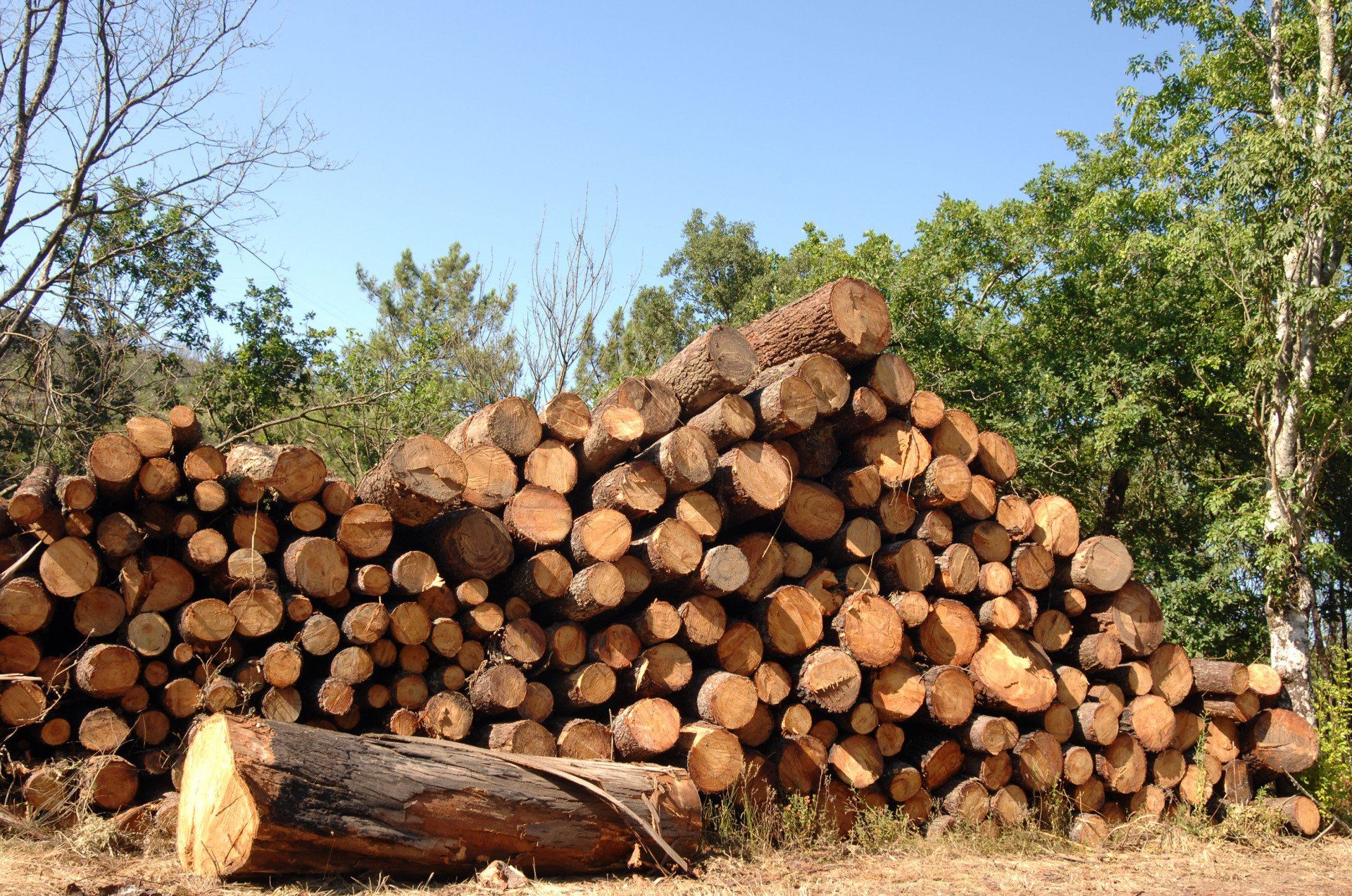
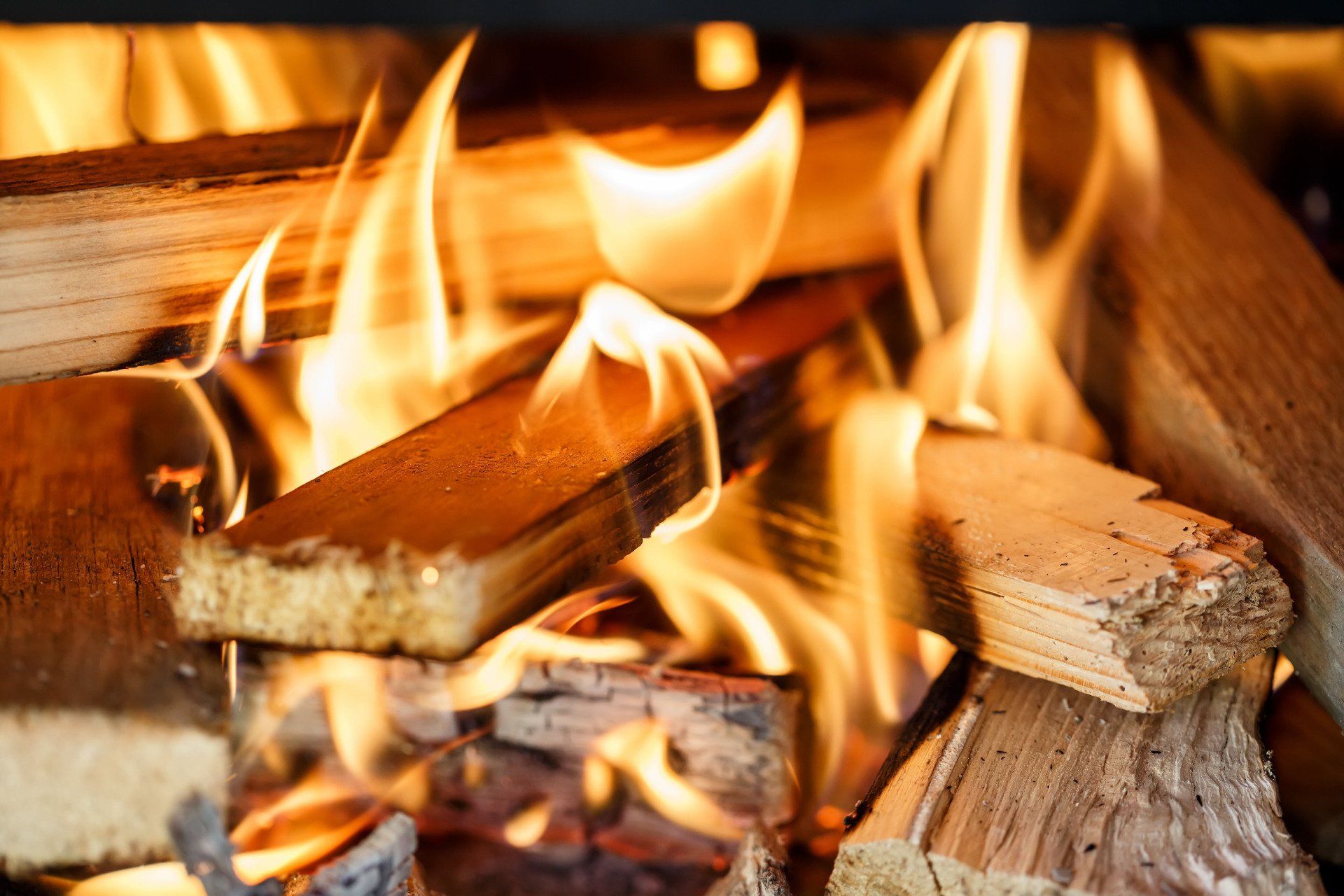
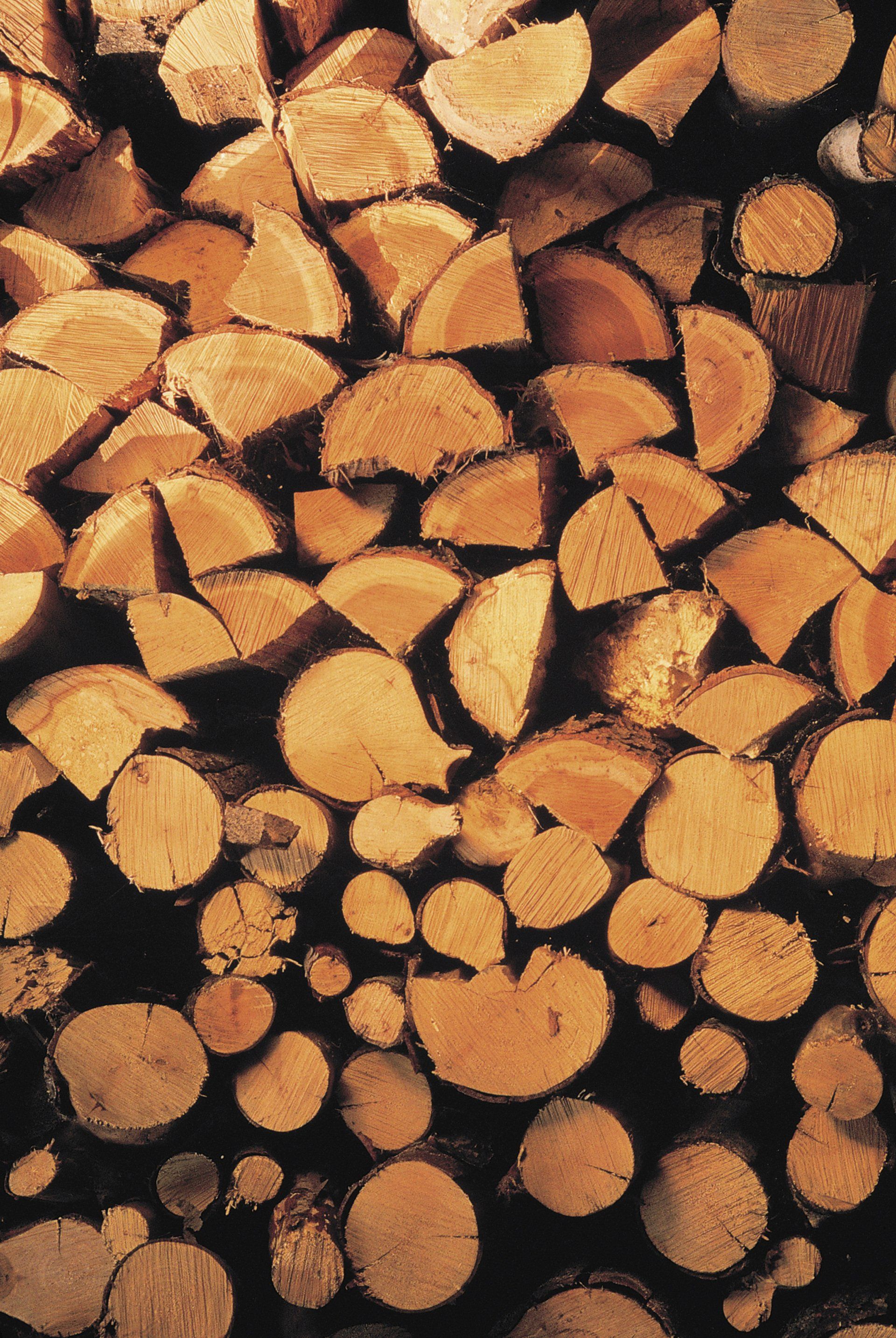
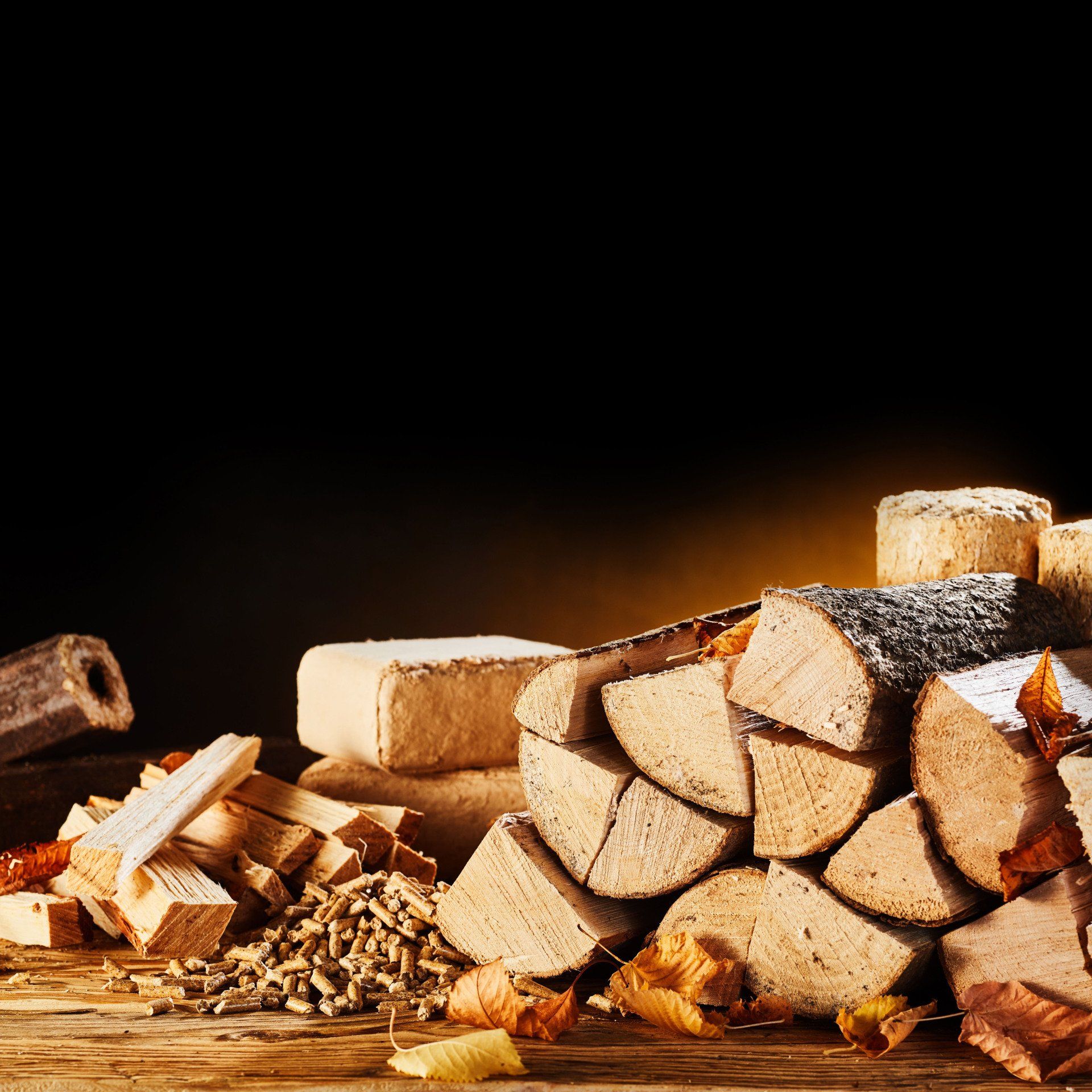
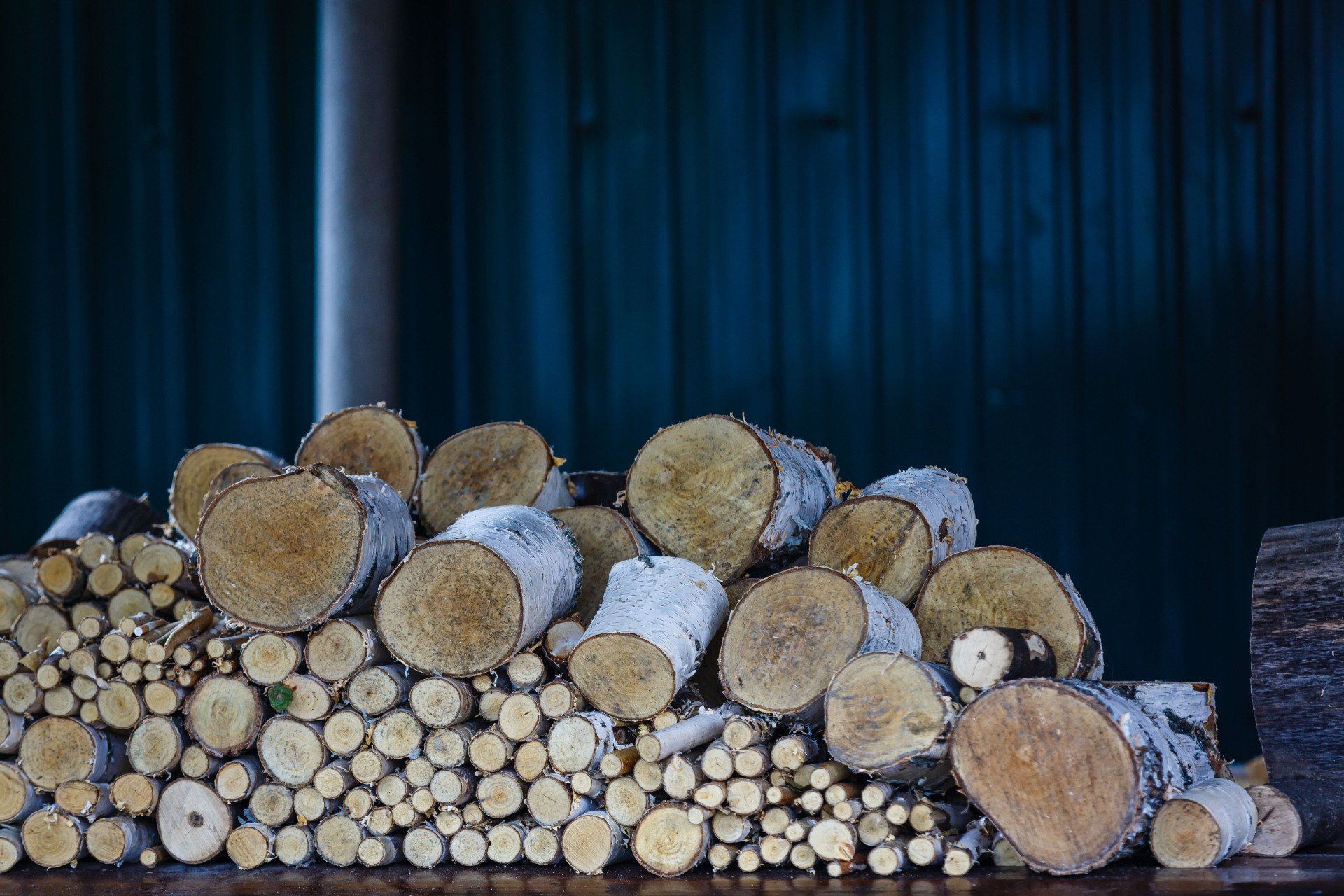
Share On: